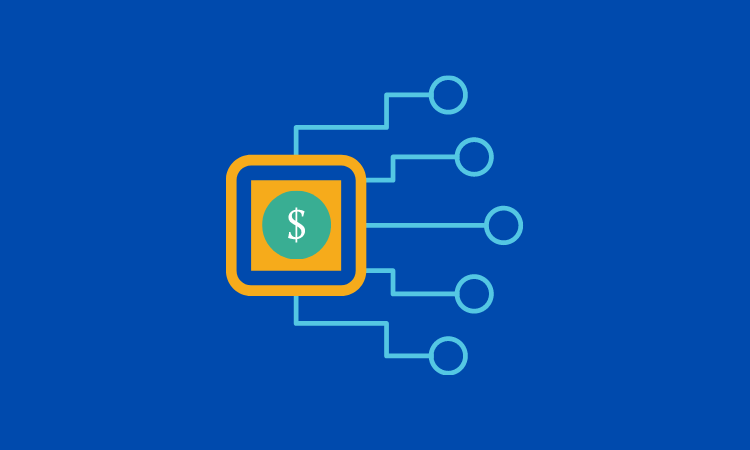Sponsored by Wave
‘A groundswell of change within the company’: Wave’s Kirk Simpson on what it takes for software companies to offer banking and payment products
- At the time, embedding payments into are invoice and accounting software was ahead of the curve.
- Wave CEO Kirk Simpson looks back on his decision to embed payment and banking products into his software and looks ahead to the future.








